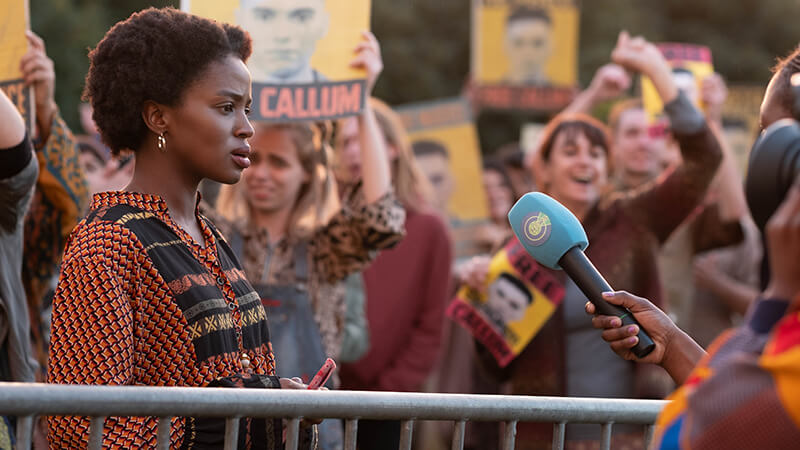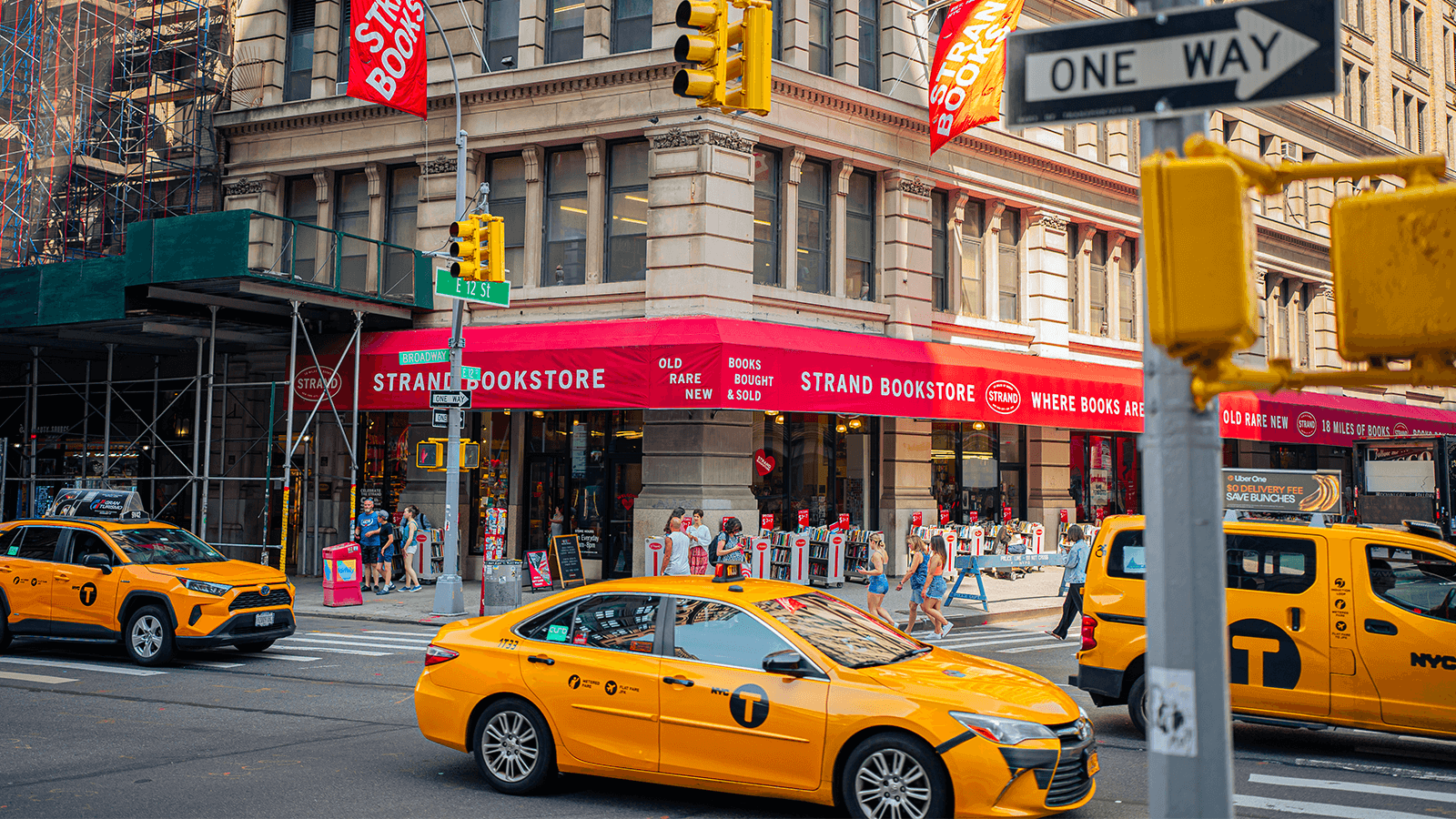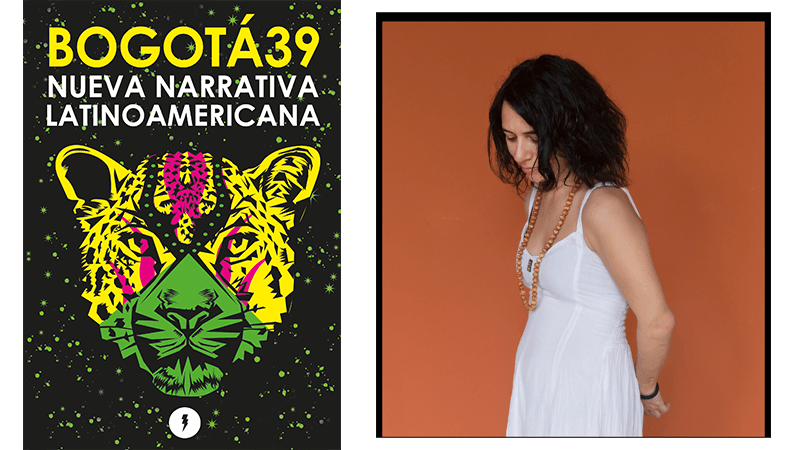“A Portal For Nuanced Conversations About Race & Racism”: The Enduring Impact Of Malorie Blackman’s Noughts & Crosses
Dua’s Monthly Read For July is Noughts & Crosses by Malorie Blackman. This is the first book in Blackman’s young adult fiction series, which depicts an alternate reality in which white people – or ‘noughts’ – live as second-class citizens in a society run by Black people – the ‘Crosses’. In the book, this world is presented to us through the story of Callum, a nought, and Sephy, a Cross, who fall in love. Here, writer Charlie Brinkhusrt-Cuff reflects on reading the novel for the first time.
There is a generation of children in the UK who first saw themselves and their experiences reflected through Noughts & Crosses, Malorie Blackman’s epic alternate reality young adult novel series.
Such was the prescience of Blackman’s work, which explored life and love in a society where Black people, or ‘Crosses’ are the dominant group and white people, or ‘noughts’, are subjugated, that for myself and many of my Black and mixed race friends, it functioned not only as a portal to have nuanced conversations about race and racism for the first time, but as a font of early representation. Apart from toddler books such as Amazing Grace, it was perhaps the first time I had read a book with a Black protagonist.
The original Noughts & Crosses book was published in 2001, when I was eight. I read it young – a little too young to grasp all its (not particularly subtle) parallels to real-world prejudices and events. Even so, I will always remember reading the scene where a character is given a plaster that doesn’t blend into their skin tone, and having the revelation that little cuts of inequity can cause bigger wounds to form.
What I loved about the book most back then was, of course, the Romeo & Juliet-esque love story between main characters Sephy and Callum. Later, I came to appreciate the characterisation of Callum’s dangerous, broken brother, Jude; ready to place his body and mind on the line to fight for the cause of his people and wound others as much as he has been wounded. I couldn’t read the ending though. I sensed the tragedy coming and I refused to face up to it. To this day, I still haven’t read that scene with Callum.
Looking back, I’m able to contextualise the book properly: I was growing up in the Noughties, under a New Labour government that claimed it valued diversity and immigration, and a wider society that told us again and again that it was ‘colourblind’; that they didn’t see race. This created a sense of double-consciousness. Internal denial crossed with stark reality: in 2001, the same year the book was published, racist far right groups violently took to the streets in Bradford and other parts of northern England, in protest at what they perceived as high rates of immigration and growing Asian communities. Just a few years later, in 2007, then-Prime Minister Tony Blair blamed ‘black culture’ for the explosion of knife crime in London.
The racism we experienced was not always as overt as generations past, but it was certainly there, systemically, institutionally and interpersonally – as was the tangible threat of violence from fringe groups. It is no coincidence that despite its immense success at the time of publication, it took almost 20 years for the TV show of Noughts & Crosses (pictured above) to be made. For British society, Noughts & Crosses was undoubtedly ahead of its time, and nothing has quite managed to say as much about our culture of racism in the years since. It should be celebrated not only for that, though, but for also being a damn good story.
Noughts & Crosses was perhaps my first real heartbreak. When I think of the characters of Sephy and Callum – the tragedy they faced, the way they hurt and loved each other against a political backdrop they couldn’t entirely control – my heart still aches. They will stay with me for the rest of my life.
Charlie Brinkhurst-Cuff is a London-based journalist and editor of Black Joy, published by Penguin




